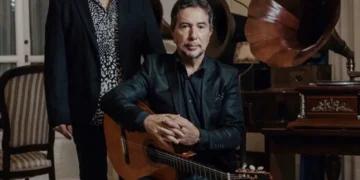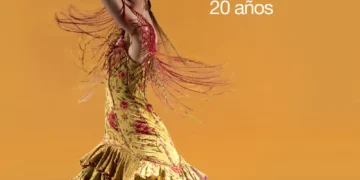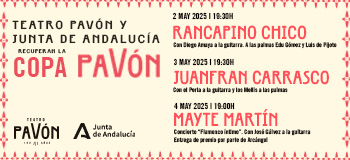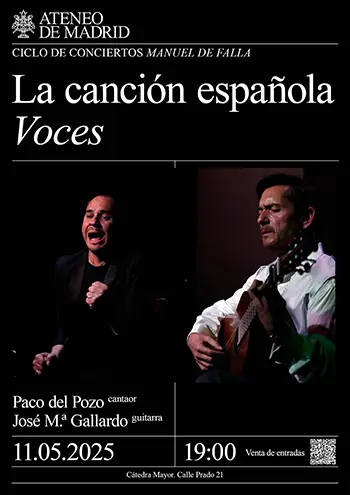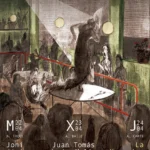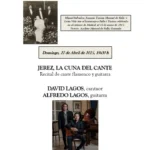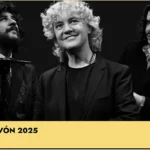Produced by Diego Amador. With Tomatito, La Susi, Carles Benavent, etc. Nuevos Medios
|
Juan Vergillos Taking off from Planet Amador This is a somewhat tardy composer: four records in fourteen years. I understand that the phrase “Diego Amador’s most creative work” is a legitimate exaggeration from the promotional blurb for the Seville musician born in 1973. But as far as I’m concerned, it was “Piano Jondo” (2003). A hallmark of austerity and truth. “Río de los Canasteros” is a rehash of the spirit of “El Aire de lo Puro” (2001), Diego Amador’s second recording. A return to flamenco pop songs, or cante flamenco, and to Diego Amador the singer. I prefer the intimist pianist, which is why, as I say, my choice is “Piano Jondo”, although I don’t like the title. The fresh sound of “El Aire de lo Puro” is to be found here in the mayor-key bulerías which is the title song, with the epic guitar of Tomatito and the footwork of Torombo. A style which is repeated in “Muerto de Amor” based on Lorca’s poem with the rare dark voice of La Susi. A male chorus gives the deep notes. Female chorus. I like the warm chorus of the alegrías. Fandangos and tientos make up the rest of the festive part of the repertoire of this work. Even more conventional, and in keeping with the current panorama of more or less lucid-lucid-transluscent empty virtuosos, “Al Latín”, with Raimundo Amador and Luis Salinas.
For me, he continues to be the most important flamenco pianist today, perhaps in all history. He message is in that place, in that instrument, although he is also quite a good singer. In that facet however, he is one of many. In the other, he is unique. Which is why I believe this record, while being a good piece of work, represents a step backwards with respect to the previously established line of austerity and purification of elements. Here Diego gives free rein to his multi-instrument capability. But that capacity to multiply, actually subtracts meaning, intimacy and believability of message in my opinion. More straightforward is the tribute to Manzanita, author composer for piano. “Suena mi Guitarra” transports us to another place, planet Amador, which is unique, his own, the classic rumba of Caño Roto. Neat and fierce. Elegantly visceral. And even more distilled in the traditional taranta and cartagenera, the piano, white with pure colors, and most flamenco voice of this new record. And yet, once again reading from the blurb, “this is one of the flamenco events of the year”, at least as far as recordings go. Not only because Diego Amador is a unique and necessary artist, although this is not his best record in my opinion. Also because there isn’t much to choose from these days. All the same, my view is the best thing for us and for Diego Amador as an artist, is that he should continue to grow, not return to his adolescence. The adolescence of contemporary flamenco. We’ve lost the right to be ingenuous, nothing to be done about it. As far as the last paragraph of the promotional text, written by Mario Pacheco (who runs Nuevos Medios, and used to run the old Nuevo Flamenco), and which I will take the liberty of reproducing, in violation of what is expressly forbidden in same: “When did a flamenco artist ever control every aspect of his work as if he were Stevie Wonder, Frank Zappa or Prince? We already know the music that is being done here can be charming, attractive and showy, but it took someone like Diego Amador to remind us that it can also be truly strong”. I offer up the names of Antonio Chacón, Pepe Marchena, Manolo Caracol, La Argentina Juanito Valderrama, Gades, Mario Maya, Paco de Lucía: they, and many other flamenco artists, controlled every aspect of their art. They, and many other flamenco artists did really strong work. It’s not the first time that the best attempts to save the next guy end up destroying him. With all respects Mr. Pacheco, there have been and always will be good artists, god willing. |




